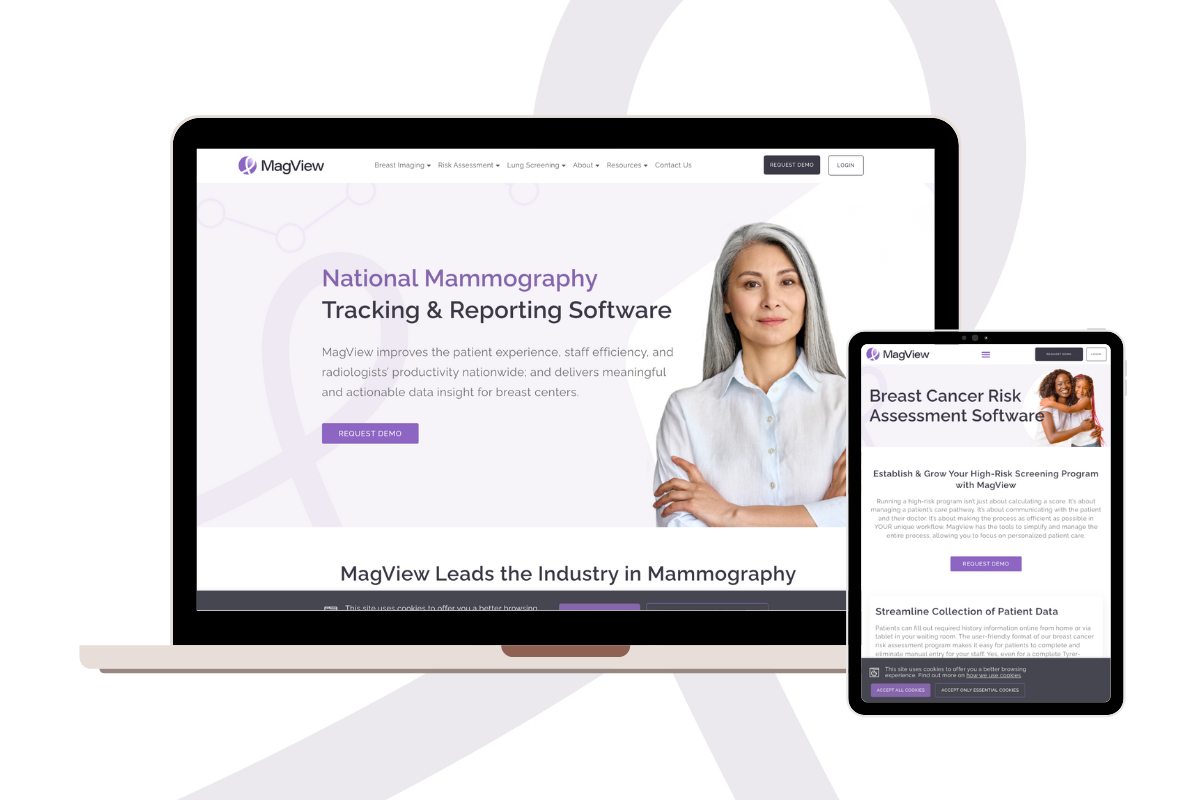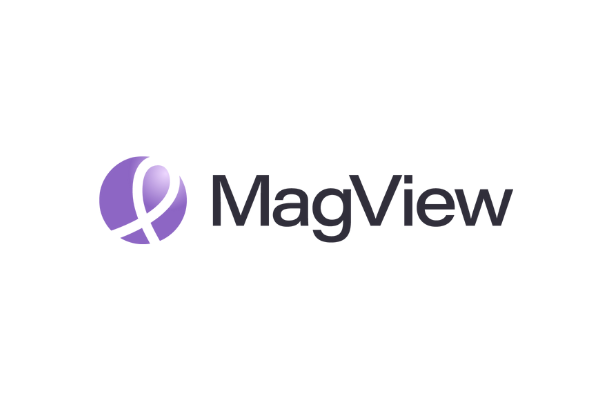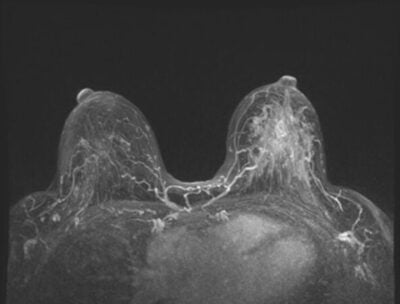The 2024 NAPBC Standards are now in effect! These new standards from the National Accreditation Program for Breast Centers (NAPBC) focus on the patient care continuum “from screening and prevention, to diagnosis, treatment, and survivorship,” emphasizing the provision of “value-based care with multidisciplinary support.”
Effective January 1, 2024, the new standards require breast centers to implement an array of changes. One of the most significant is the incorporation of risk assessment in the screening process — with a referral for genetic testing when appropriate (NAPBC Standard 5.1 and NAPBC Standard 5.4).
Here, we’ll take a look at these two standards and describe how MagView’s breast cancer risk assessment software solution can help you meet the new NAPBC risk assessment requirements.
2024 NAPBC Standards
NAPBC Standard 5.1 and NAPBC Standard 5.4 can both be found in NAPBC’s Optimal Resources for Breast Care, 2024 Standards. The following offers an overview of key requirements for each.
NAPBC Standard 5.1: Screening for Breast Cancer
According to NAPBC Standard 5.1, NAPBC-accredited programs must develop and implement a protocol that addresses:
- Notification and education for patients with increased breast density
- Guidelines for the provision of supplemental screening to patients with increased breast density
- Appropriate use of available screening techniques, such as Digital Breast Tomosynthesis, breast ultrasound, MRI, Molecular Breast Imaging, and/or Contrast-Enhanced Mammography, for patients with increased density
“The NAPBC-accredited program must utilize risk assessment screening strategies based on the needs of their patient population,” the NAPBC says. “…Patients who receive a screening mammogram at the NAPBC-accredited program must also be provided with evidence-based risk reduction strategies for breast cancer. The risk reduction strategies must either be discussed with the patient, or provided to them in a written or electronic format. …”
Additionally, when patients are identified as high-risk, the program must also refer the patient to the appropriate health care provider(s).
Each accreditation cycle, the Breast Program Leadership Committee (BPLC) must assess whether the program is meeting these requirements, address any barriers to compliance, and document evaluation results and discussion in the BPLC meeting minutes.
For on-site reviews, “preselected medical records for patients who do not have cancer” will be evaluated to confirm compliance, including:
- Appropriate use of available screening techniques
- Risk assessment, with referral to appropriate health care providers for patients at increased risk of breast cancer, as outlined in NAPBC Standard 5.4
Compliance with NAPBC Standard 5.1 requires the fulfillment of all compliance criteria:
- Adoption of nationally recognized guidelines for screening
- A protocol is developed and implemented for:
- Notifying, educating, and providing additional screening for patients with increased density
- Risk assessment and provision of appropriate referrals
- Appropriate use of available screening techniques, including which patients must receive supplemental screening
- Patients who receive a screening mammogram also receive evidence-based risk reduction strategies for breast cancer
- The BPLC evaluation is completed and documented in the BPLC meeting minutes once each accreditation cycle
NAPBC Standard 5.4: Management of Patients at Increased Risk for Breast Cancer
The NAPBC notes that patients benefit from “comprehensive, accurate, risk assessment, which facilitates an appropriate understanding of their cancer risks, and making informed decisions with their health care providers.”
In this context, NAPBC-accredited programs are required to develop and implement a protocol for the management of patients who have a higher risk for breast cancer, which must address the following:
- Consideration for risk reduction strategies, including lifestyle modification, as outlined in NAPBC Standard 5.1
- When appropriate, high-risk patients must be offered pharmacologic or surgical intervention
- Imaging surveillance following evidence-based guidelines
- Referral to appropriate health care providers for patients with high-risk lesions discovered on a breast biopsy, with appropriate management according to nationally recognized guidelines
- Referral to genetic professionals for patients with possible genetic risk based on family history, or other factors for genetic evaluation and testing as outlined in Standard 5.5
- Consideration for referral to genetic professionals for patients with abnormal test results (such as pathogenic, likely pathogenic, or variant of uncertain significance) performed by non-genetic professionals, or with test results performed at outside institutions
Each calendar year, the BPLC must review and assess the protocol for managing patients “at increased risk for breast cancer not due to a hereditary cancer syndrome,” address any barriers to compliance identified, and document the evaluation and findings in the BPLC meeting minutes.
For on-site reviews, the reviewer will evaluate “preselected medical records for patients at increased risk for breast cancer” to confirm compliance. To fulfill the requirements for NAPBC Standard 5.4, criteria that must be met include:
- Discussion of risk reduction strategies and pertinent family history, with documentation in the patient medical record
- Consideration for genetic counseling and testing in accordance with nationally recognized guidelines for high-risk patients with breast disease or breast cancer
The measure of compliance for NAPBC Standard 5.4 includes demonstrating that the:
- Protocol is developed and implemented for the management of patients at increased risk for breast cancer
- BPLC evaluation is completed and documented in the BPLC meeting minutes once each calendar year
A snapshot of all changes in the 2024 NAPBC Standards is available in the NAPBC Standards Crosswalk.
MagView’s Luminary Risk
Although meeting the new risk assessment requirements may seem a bit daunting, the good news is that MagView has you covered with Luminary Risk — a dedicated software solution that expands the capabilities of high-risk breast screening programs with advanced risk assessment technology.
Luminary Risk serves as a trusted risk solution that goes beyond producing a score, encompassing all aspects of the patient workflow affected by risk assessment. Developed in response to the limitations of electronic health record (EHR) systems in assessing breast cancer risk, Luminary Risk provides breast imaging centers with an integrated and comprehensive solution for assessing patients’ risk for breast cancer.
Enjoy Advanced Risk Assessment Integration
Luminary Risk seamlessly integrates with existing EHR systems to optimize the delivery of personalized high-risk breast screening to patients. This integration enhances high-risk screening programs by eliminating cross-platform manual data entry and providing healthcare providers with readily available risk assessment results without disrupting established workflows.
Automatically Identify High-Risk Patients
MagView’s software automatically calculates the risk assessment score and flags high-risk patients in a single system. Integrate the score into your radiologist’s reporting platform with no interruption to their workflow.
Incorporate Genetic Testing
MagView provides real-time guidance and recommendations based on National Comprehensive Cancer Network (NCCN) guidelines and/or your organization’s custom protocol. Patients eligible for MRI, genetic testing or genetic counseling are clearly flagged. Each recommendation is tracked to ensure follow-through.
Integrations with genetic testing labs allow you to deliver comprehensive risk assessment without burdening your staff with additional paperwork.
Communicate Risk Information to Patient and Provider
Risk score and recommendation (such as breast MRI) can be included in the radiologist’s imaging report with no additional steps. Automatically communicate risk score and personalized recommendations to the patient and provider. MagView provides options to integrate with breast density measurement software for risk calculation and density notification to the patient and provider.
Automate Patient Follow-Up
MagView takes the burden off your staff by automatically generating reminder letters, text messages, and emails to patients. Our automated follow-up tools boost patient return rates.
“At MagView, we recognize the crucial role of high-risk breast screening programs in providing specialized care to individuals at elevated risk of breast cancer,” says Mark Schmidt, MagView VP of Sales and Marketing. “Luminary Risk represents a critical advancement in expanding the capabilities of high-risk screening programs with software that integrates seamlessly within any healthcare system architecture. With Luminary Risk, more healthcare providers will be equipped to identify and manage their high-risk breast patients with ease and expertise.”
If you would like to learn more about how MagView can support your breast center in meeting the new risk assessment requirements in the 2024 NAPBC Standards, please contact us today.








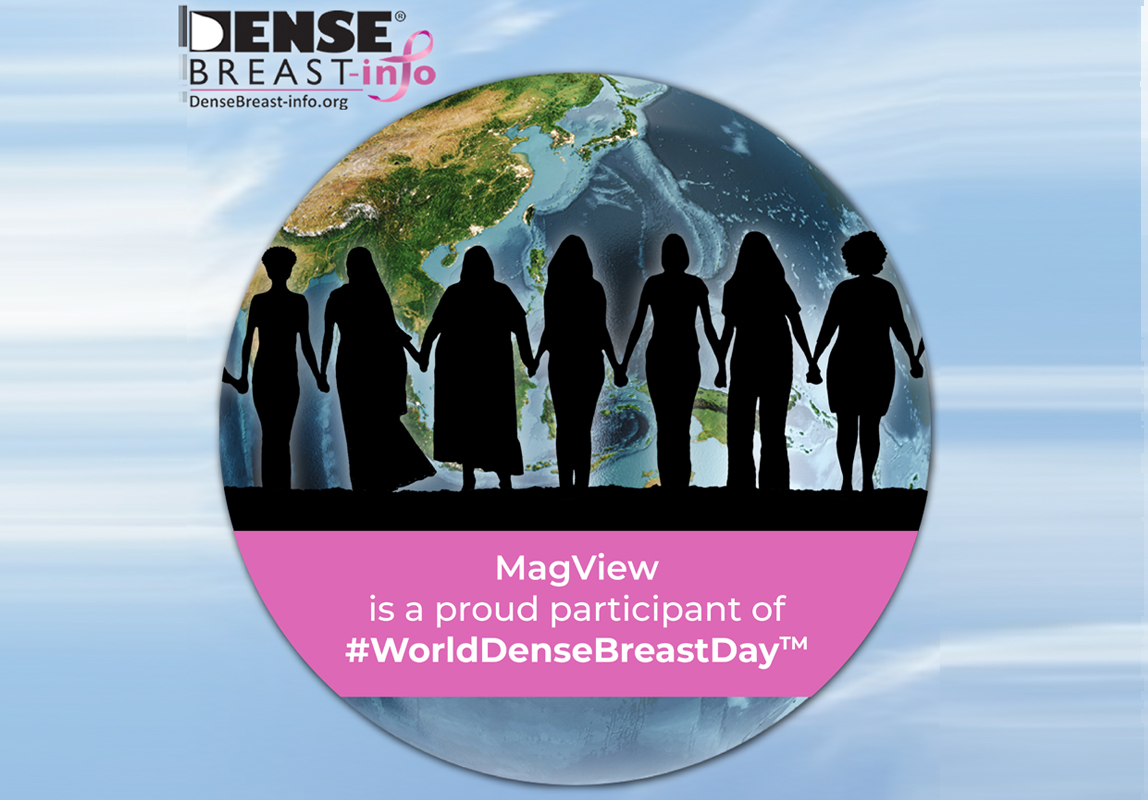






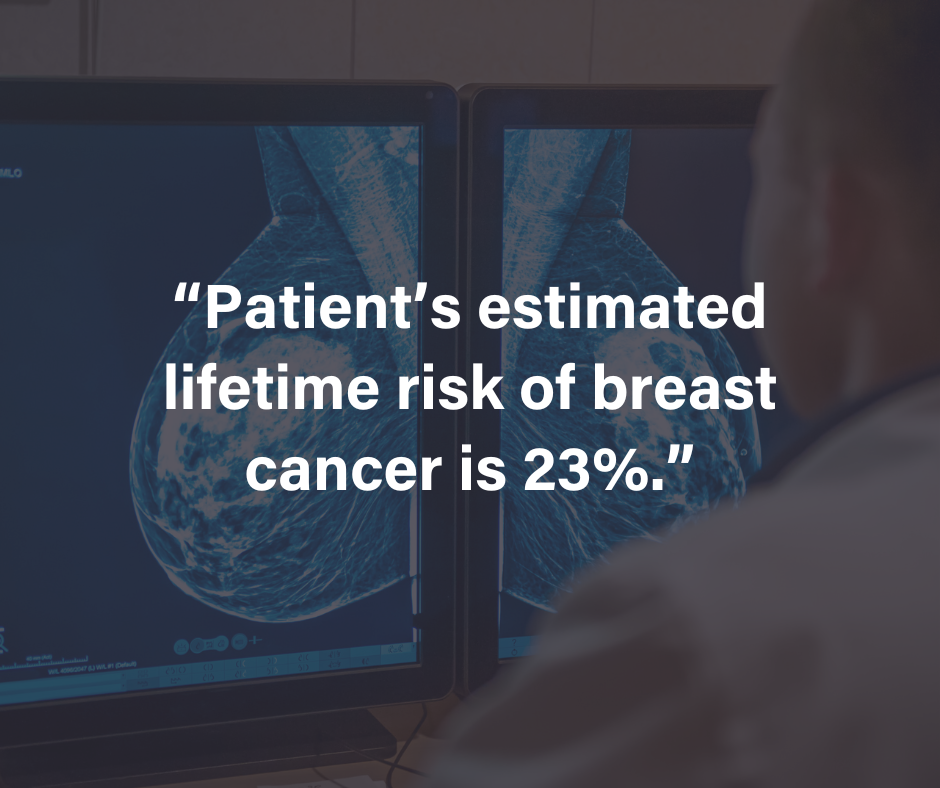








![monitoring breast density shutterstock_1299510538-[Converted]](https://magview.com/wp-content/uploads/2023/05/shutterstock_1299510538-Converted.jpg)






